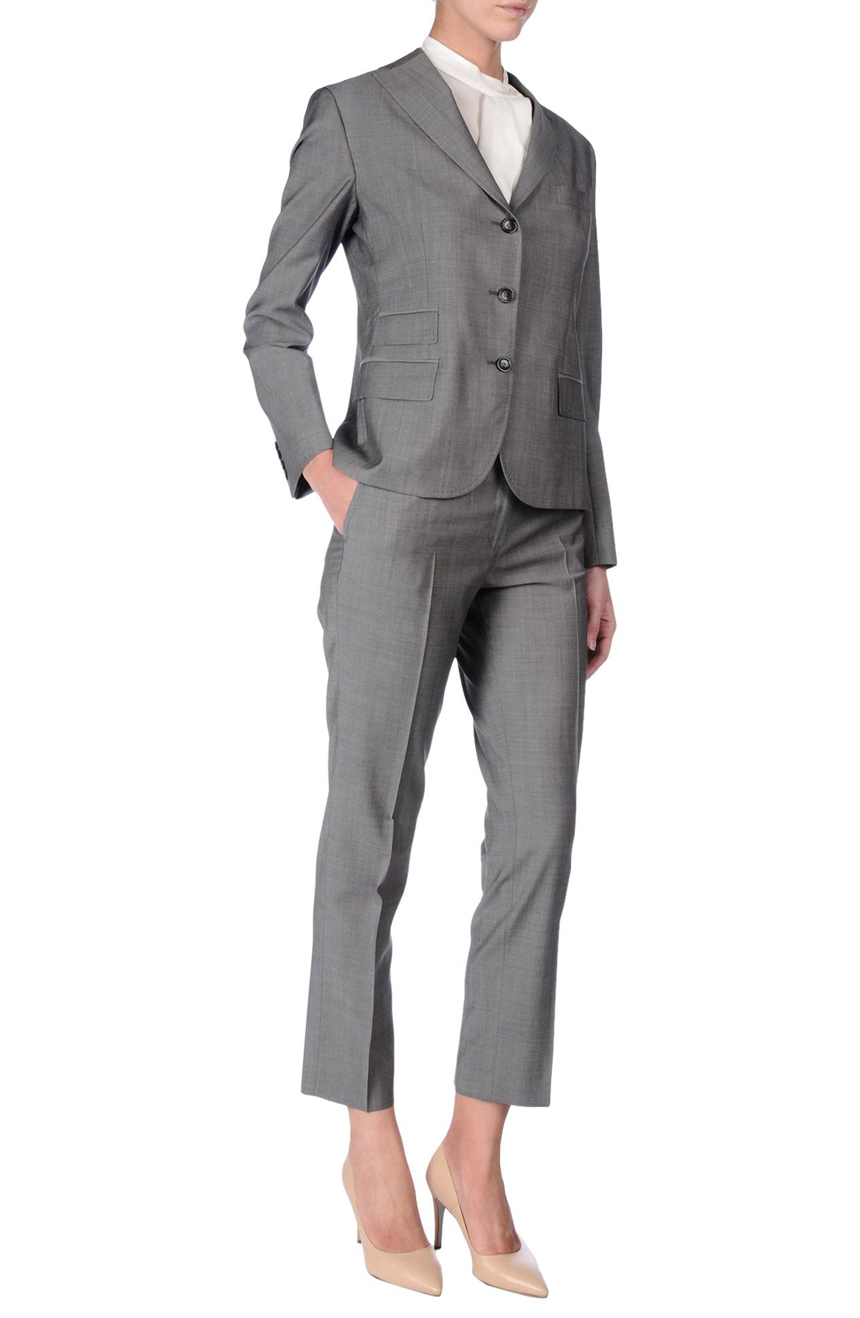Bespoke Tailor Perth: Crafting the Perfect Suit for You
Bespoke Tailor Perth: Crafting the Perfect Suit for You
Blog Article
Comprehending the Tailoring Refine: From Material Option to Last Fitting for the Perfect Wardrobe
The customizing process is a complicated interaction of art and science, starting with the essential choice of textile option and culminating in the precise modifications of final installations. Each fabric type brings unique qualities that affect not only the aesthetic appeal yet also the garment's long life and suitability for numerous occasions. Understanding the nuances of tailoring strategies can boost one's closet to unmatched levels of sophistication. As we check out these elements additionally, one must take into consideration how even the tiniest details can substantially affect the total outcome of one's individual design.
Importance of Textile Selection
Choosing the right material is critical in the customizing process, as it straight affects the comfort, toughness, and general visual of the final garment. The option of textile establishes the foundation for the garment's performance, functionality, and design. Various textiles possess one-of-a-kind residential properties, such as breathability, stretch, and weight, which can dramatically impact how the garment drapes and fits the body.

A tailored item made from a proper textile not only showcases craftsmanship however also raises the user's confidence. As a result, comprehending the subtleties of material selection is critical for any type of tailoring venture. It ensures that the end product not only fulfills the aesthetic needs of the customer yet also lines up with useful requirements, therefore achieving an unified equilibrium in between kind and feature in the customized wardrobe.
Sorts Of Fabrics and Their Uses
Understanding the different kinds of fabrics readily available is crucial for making informed choices throughout the customizing process. Each textile has special attributes that dictate its viability for particular garments and celebrations.
Its adaptability permits it to be customized right into everything from shirts to dresses. Its natural flexibility aids garments preserve form over time.
Silk exhibits high-end and is light-weight, making it excellent for eveningwear and delicate blouses; nevertheless, it calls for mindful handling due to its frailty. Bed linen, with its distinctive surface, is a preferred choice for warm environments, giving a crisp and airy feel, but it wrinkles conveniently, which may influence the garment's appearance.
Artificial materials, such as polyester and nylon, deal resilience and resistance to wrinkles, making them suitable for daily wear and active clothing. Comprehending these fabric types and their buildings enables better decision-making, making certain that each customized piece not only fits well however likewise lines up with the desired purpose and celebration.
The Tailoring Techniques Discussed
The art of tailoring relies upon a range of methods that change material right into well-fitted garments. Central to this process is pattern drafting, where a dressmaker produces layouts based on the client's measurements and preferred style. This preliminary action ensures that the garment will fit the wearer appropriately before any type of reducing happens.
As soon as patterns are established, cutting methods come into play. Precision is extremely important as inaccuracies can lead to misfitting garments. Tailors often make use of various cutting approaches, such as single-layer reducing for complex styles and multiple-layer reducing for performance on conventional patterns.
Basting is an additional essential strategy, allowing dressmakers to temporarily stitch fabric pieces with each other for a preliminary fitting (wedding suits perth). This method uses the possibility to assess the drape and general silhouette before final stitching
Seaming strategies, including flat-felled joints and French joints, improve the garment's longevity and visual appeal. Tailors also employ techniques such as interfacing and padding to offer structure and shape to particular locations, like collars and shoulders.
Last but not least, ending up strategies, consisting of hemming and side finishing, ensure the garment's longevity while giving a polished appearance. Together, these methods form the foundation of effective tailoring, causing splendid, tailor-made apparel.

Suitable Modifications and Considerations
After the initial customizing strategies have been used and the garment is built, suitable adjustments become extremely important to accomplishing the ideal fit. These modifications attend to different elements of the garment, ensuring it contours to the user's physique and enhances overall appearance.

The rise of pants is an additional critical factor; it should rest comfortably over the hips without creating click here to read pain, enabling simplicity of activity. Hemming sizes for both pants and skirts must reflect the wearer's recommended style while respecting percentages.
Furthermore, interest needs to be provided to the back of the garment, guaranteeing that there are no unattractive pulls or excess material - custom suits perth. Each change must be diligently thought about, as even small alterations can significantly affect the overall fit and aesthetic of the tailored piece, inevitably leading to a closet that shows confidence and refinement
Maintaining Your Tailored Clothing
Correct maintenance of customized garments is important to preserving their fit and appearance gradually. To guarantee longevity, routine cleansing is paramount. Always adhere to the care label instructions, which might advise completely dry cleaning for fragile materials or device cleaning for more sturdy materials. Stay clear of frequent laundering, as this can wear down the material and change the garment's form.
Storage is just as vital; use padded wall mounts for coats and layers to site web maintain shoulder structure, and shop pants folded up nicely or hung to avoid creasing. Safeguard garments from direct sunlight, which can fade colors and damage fibers.
Furthermore, regular inspections for minor repair work can prevent larger problems. Inspect for loose buttons, fraying joints, or signs of moth damage, dealing with these issues immediately to keep the garment's integrity.
Lastly, consider seasonal turning. Wearing customized items in small amounts allows materials to recoup, expanding their lifespan. By executing these maintenance strategies, you can ensure that your tailored garments stay as pristine as the day you first wore them, enhancing your excellent wardrobe for several years ahead.
Final Thought
The customizing procedure, encompassing textile choice, experienced strategies, and exact fitting modifications, plays a crucial function in creating garments that boost both convenience and style. Understanding the importance of maintenance expands the life of customized garments, solidifying their my explanation value in a well-curated closet.
Report this page